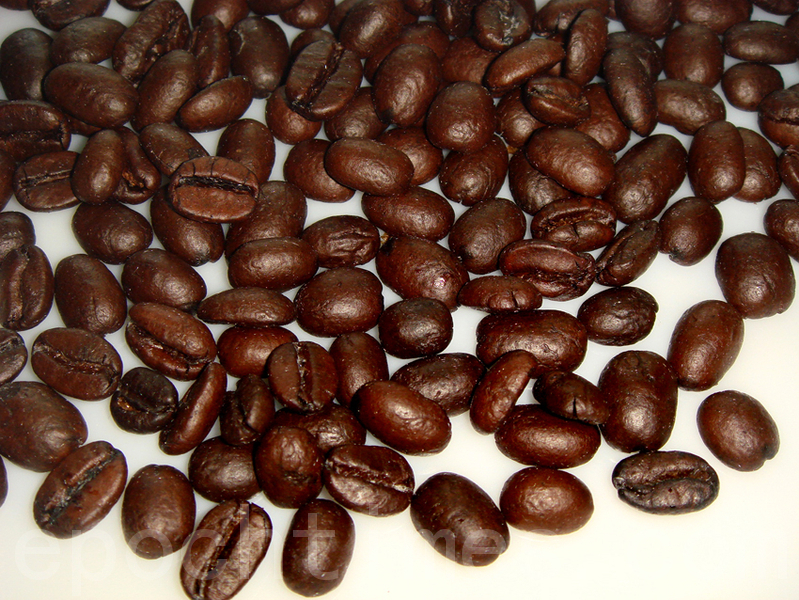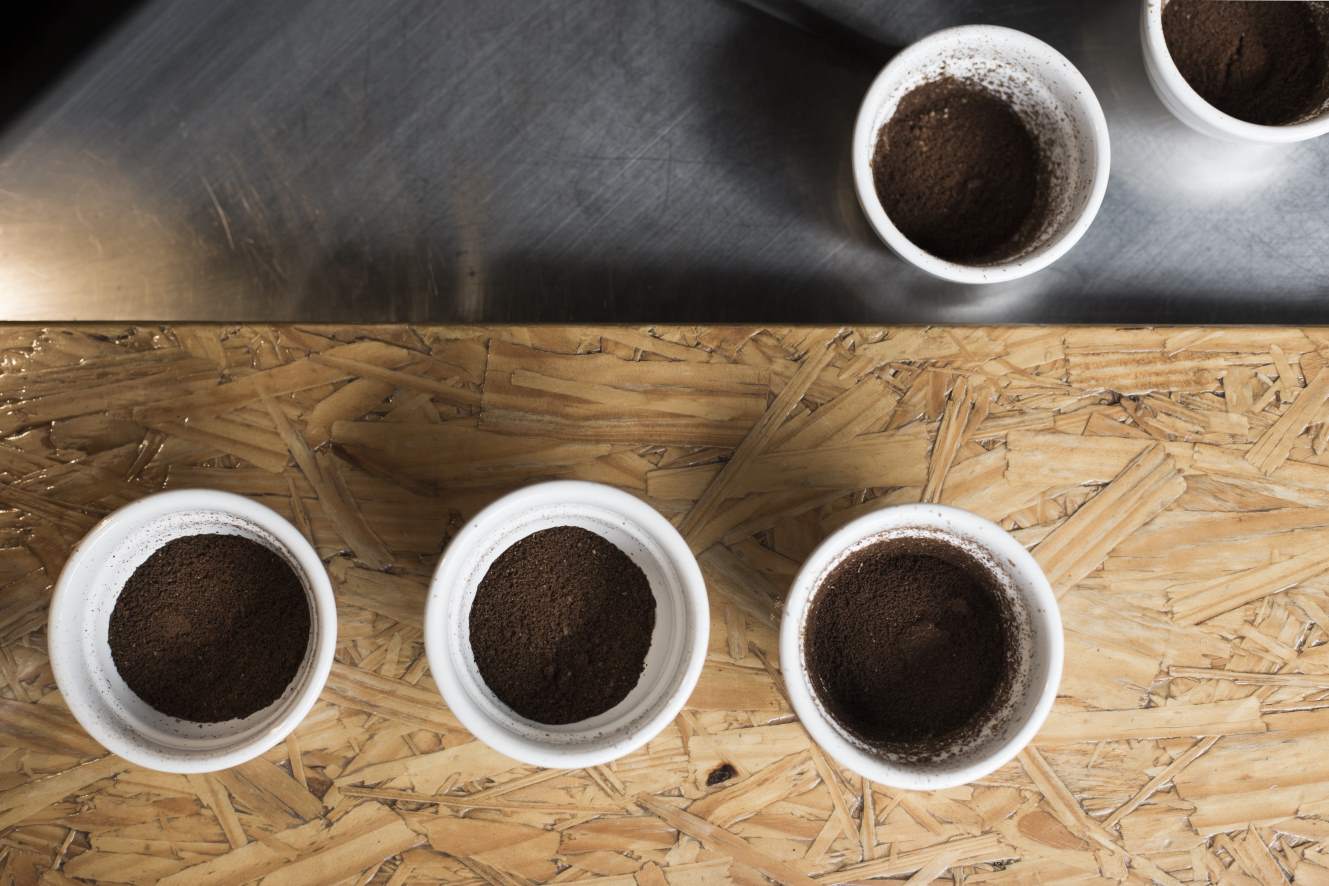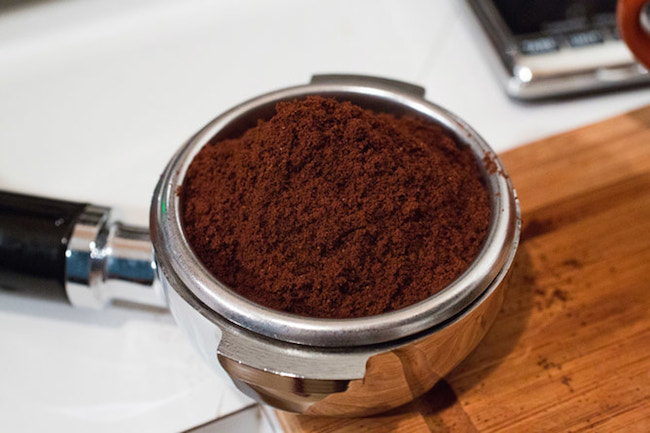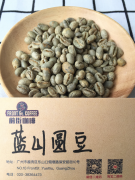How to check the quality of a large number of roasted coffee beans? How to carry out the finished product inspection of coffee cooked beans?

Professional coffee knowledge exchange more coffee bean information please follow the coffee workshop (Wechat official account cafe_style)
Coffee beans used in coffee shops and stores have been "roasted in large quantities". In this process, we should not only operate according to the baking data made by the sample after baking, but also pay more attention to cater to customer needs and flavor preferences. Whether the results meet expectations or not depends on a large number of baked cups to check.
◎ adjusts the strength of flavor and the professional performance of bean baker.
In addition to the coffee beans used in the store to make coffee drinks, coffee beans used for retail or shipment are also roasted in large quantities. A large number of baking is based on sample baking data, the key is to "maintain uniform quality" in order to stabilize the value of the commodity.
In order to highlight the characteristics of coffee, baking data can be changed by adjusting firepower and controlling the exhaust flow of the throttle (Damper) [1]. The baking data can be adjusted in a wide range, and the standards for each kind of raw beans vary greatly.
A large amount of roasting must be based on the physical properties such as the density and size of raw beans, and at the same time consider the flavor characteristics mastered during the cup measurement, in order to draw out the desired coffee tonality. It is worth mentioning that baking can not create a new flavor, can only mix the strong and weak flavor, for which there must be a clear understanding.
Usually when baking beans, the baker will focus on introducing the inherent advantages of raw beans, but of course, it often reflects the personal preferences of the baker or the taste needs of consumers.

Ideal detection of finished products after ◎ baking in large quantities
The coffee cup test after a large number of roasting is to confirm the roasting results and can be regarded as the "quality control" (QC) process of coffee, which is designed to confirm whether the finished product fully reflects the ideal flavor and to check whether there is anything abnormal in the roasting process.
◎ unified evaluation standard, internal correction before cup test
Just like on the first day of CoE's domestic review, it will first gather all the censors to correct it. When many people test cups together, they also have to go through such a correction process, in order to unify each person's flavor taste standards, so that each other can express their feelings about coffee in the same language, so as to make the exchange of views and feedback more accurate-this is the "internal correction".
The quality control process after a large number of baking will also be corrected according to internal standards. Although there are cases in which the person in charge of baked beans bears the responsibility of quality control alone, it is not a single store after all. In order to obtain objective evaluation, most of the colleagues who work together have to participate in the correction process and then carry out cup testing.
At this time, standard cup test tables or self-made tube formats may be used like SCA or CoE; some operators do not use specific formats, and members are free to express their opinions on the finished products and explain why.
The "five tastes and five strengths" of the unified cup testing language
PSYFUN COFFEE LAB cup test time is divided into "sour, sweet, bitter, aftertaste, taste" and other items, each item is divided into five intensity, in order to evaluate the flavor.
The correction process is also based on this content, and those who participate in the cup test must first understand these flavor-expressing languages. After all, cup testing is ultimately a process of expressing taste in language and feeling through oral communication. Only when we are familiar with each other's performance methods, can we carry out smoothly in the adjustment of standards or the implementation of store quality control.
[1] Note: a device equipped with an exhaust pipe is used to control the air and firepower flowing into the drum during baking.
(this article is extracted from "the Science of Coffee Cup Test: from the purchase of Raw beans, the Adjustment of Baking, to the extraction Curve, the Taste techniques that must be learned in pursuit of Top Coffee" / provided by dialect Culture)
END
Important Notice :
前街咖啡 FrontStreet Coffee has moved to new addredd:
FrontStreet Coffee Address: 315,Donghua East Road,GuangZhou
Tel:020 38364473
- Prev

Coffee grounds can also save the planet! Treatment and efficacy of coffee grounds. What are the uses of coffee grounds?
Professional coffee knowledge exchange more coffee bean information please follow the coffee workshop (Wechat official account cafe_style) A cup of mellow coffee every morning is the source of energy to wake up the day! Nowadays, many people are coffee-controlled and even feel uncomfortable without drinking coffee all day, but the rest of the coffee grounds are usually abandoned, but don't underestimate the coffee grounds. Do you know
- Next

What's the difference between coffee beans and flat beans? Blue Mountain Bean Baking | Blue Mountain Bean Flavor
Professional coffee knowledge exchange more coffee bean information please follow the coffee workshop (Wechat official account cafe_style) Front Street Coffee recommendation Blue Mountain 2018 Jamaica Blue Mountain NO.1 Clifton Manor Jamaica Blue Mountain R.S.W Blue Mountain Round Bean country: Jamaica producing area: blue Mountain RSW Manor Group marked: RSW estate Jamaica Blue Mountain Variety: Jamaica
Related
- Beginners will see the "Coffee pull flower" guide!
- What is the difference between ice blog purified milk and ordinary milk coffee?
- Why is the Philippines the largest producer of crops in Liberia?
- For coffee extraction, should the fine powder be retained?
- How does extracted espresso fill pressed powder? How much strength does it take to press the powder?
- How to make jasmine cold extract coffee? Is the jasmine + latte good?
- Will this little toy really make the coffee taste better? How does Lily Drip affect coffee extraction?
- Will the action of slapping the filter cup also affect coffee extraction?
- What's the difference between powder-to-water ratio and powder-to-liquid ratio?
- What is the Ethiopian local species? What does it have to do with Heirloom native species?

